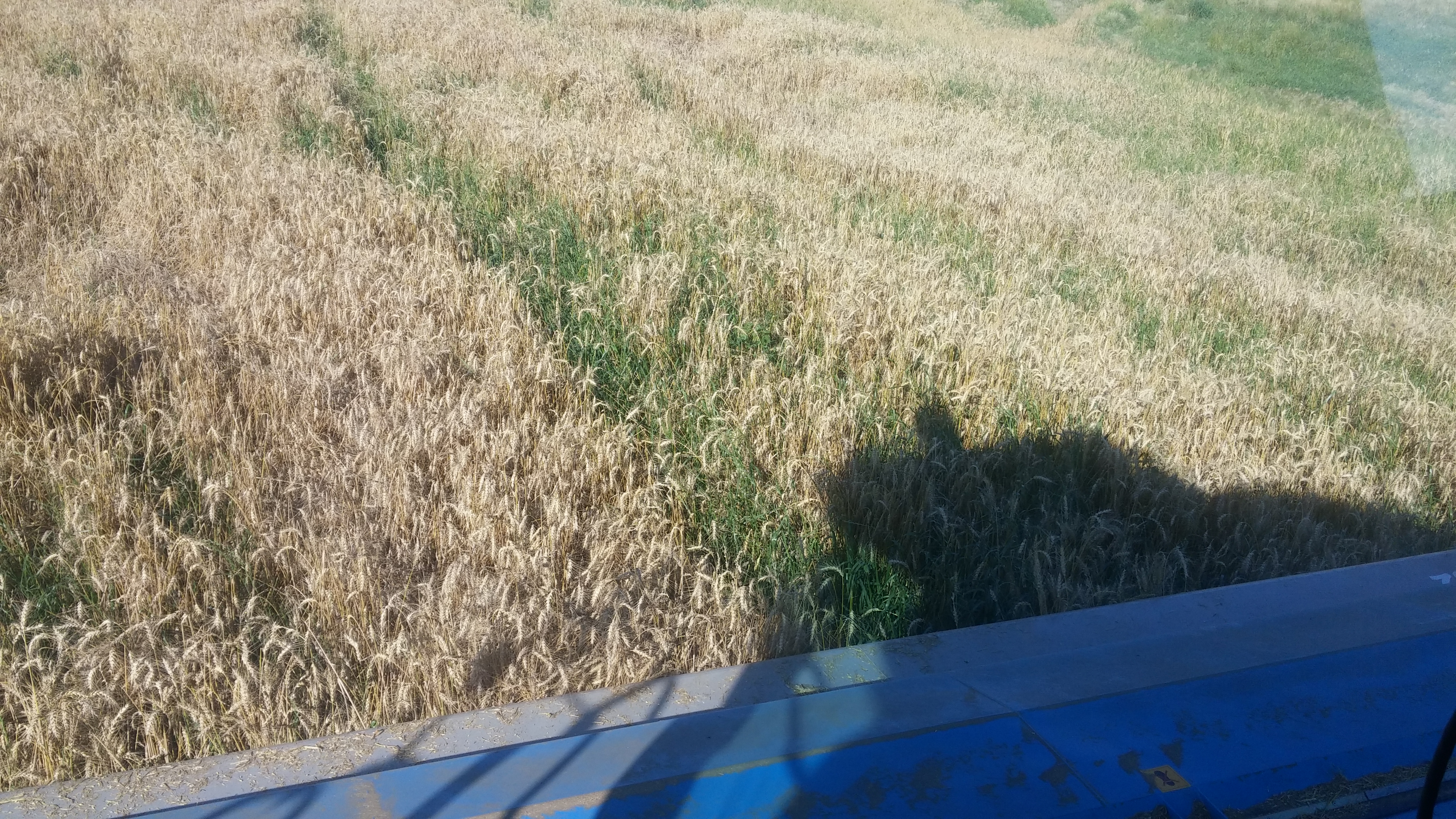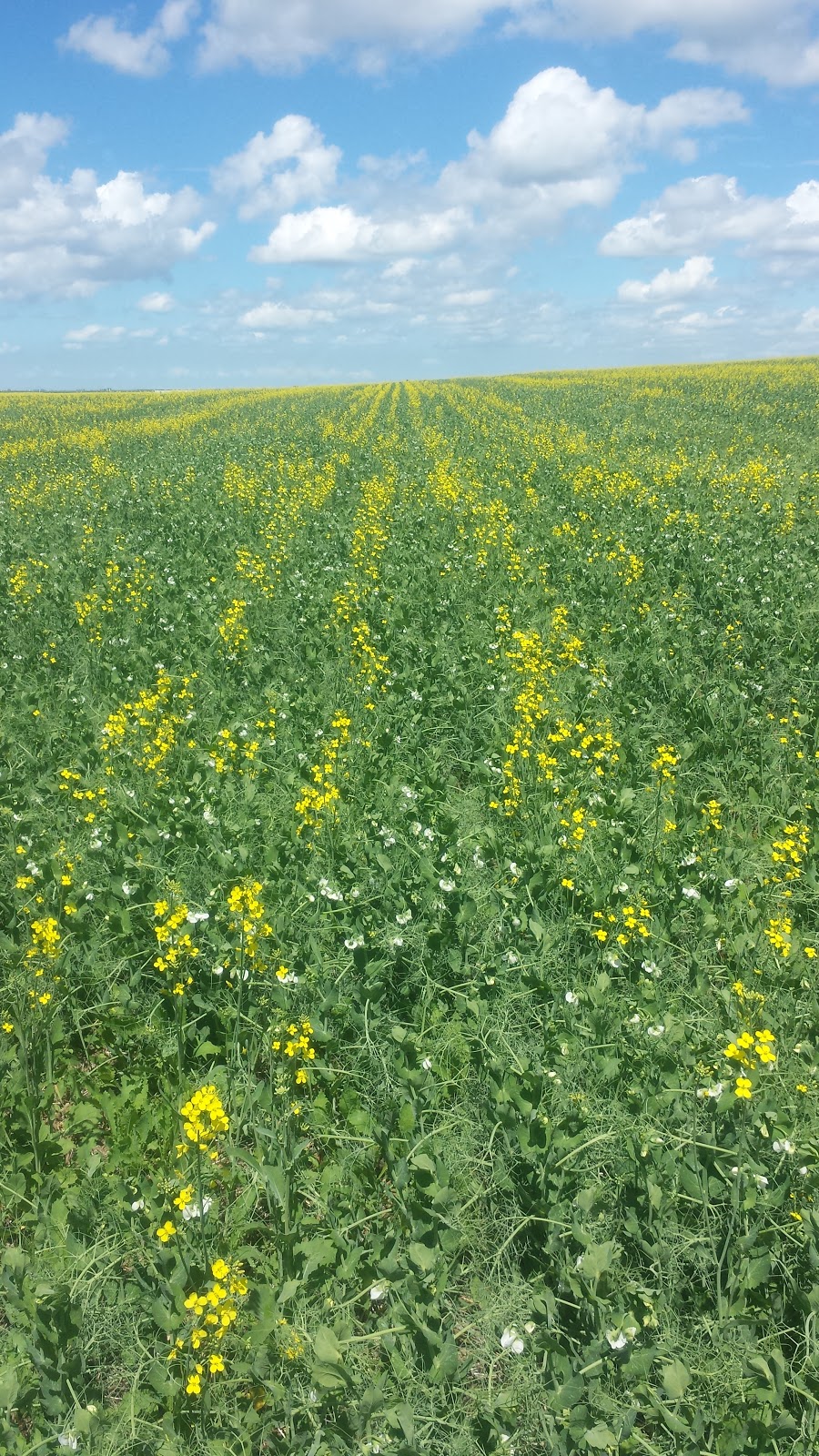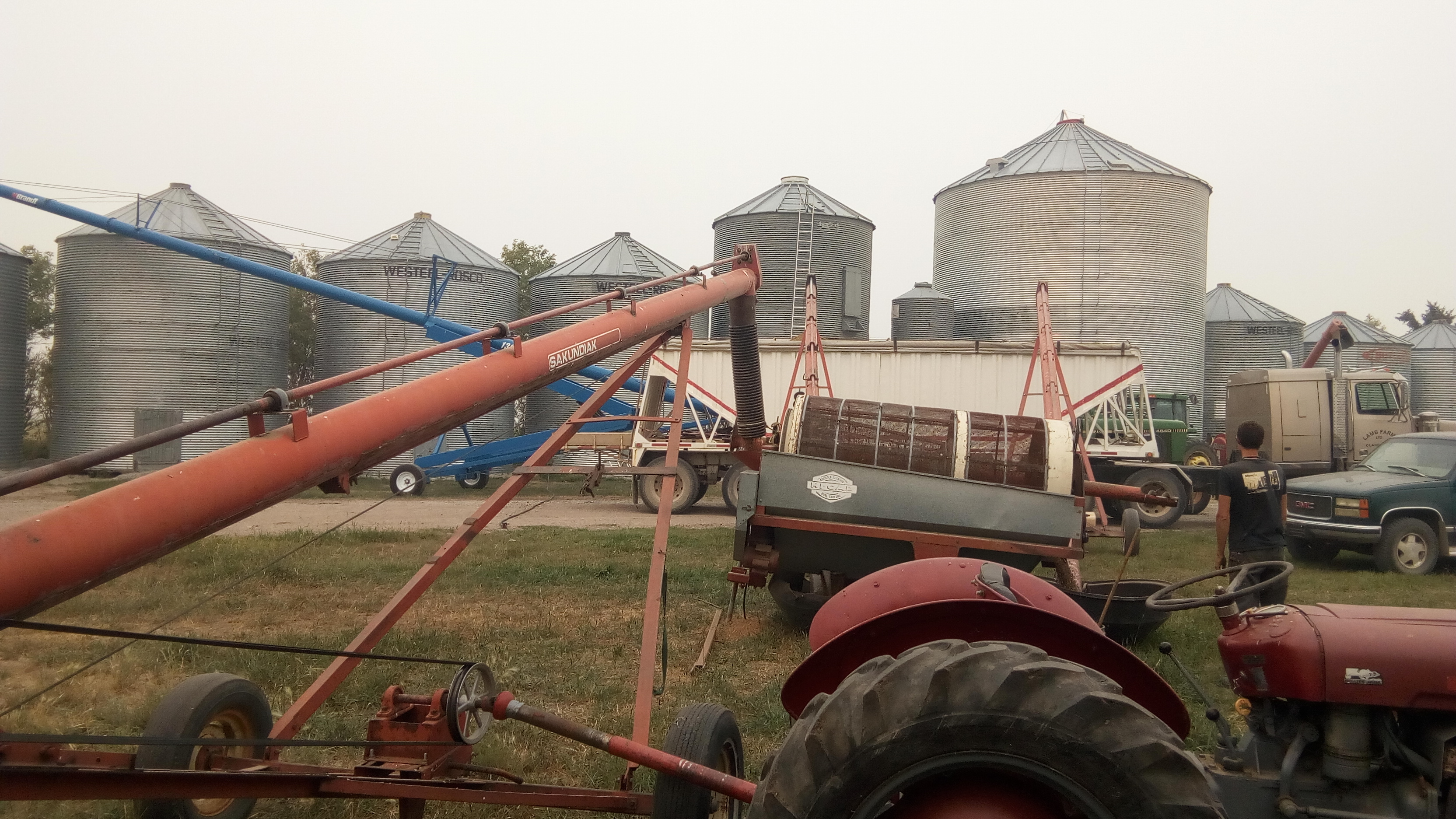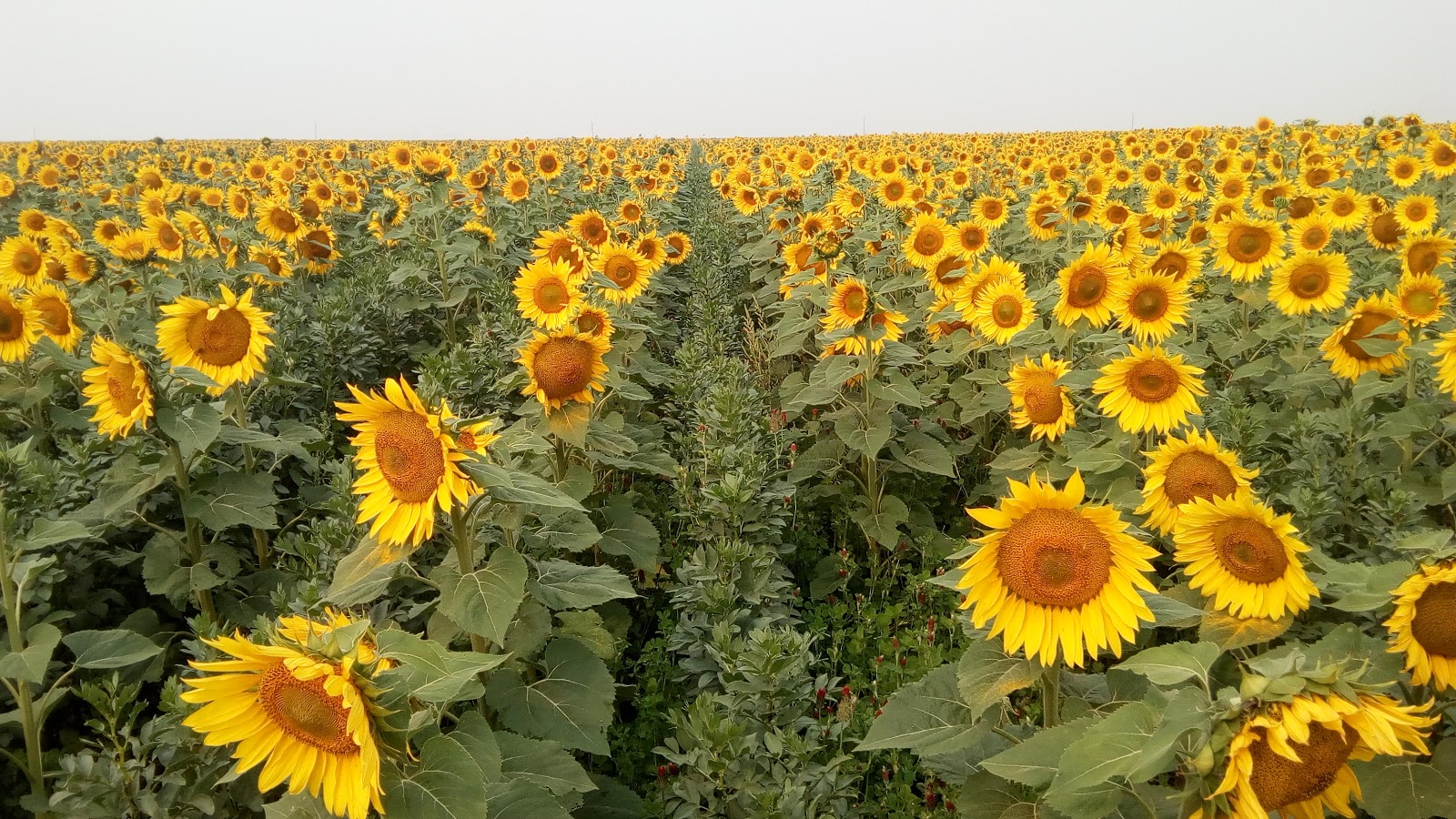Cover Crops and Intercrops
One thing that is slowly starting to come to the forefront in Western Canadian Agriculture are the concepts of intercropping and cover cropping. Lamb Farms has been practicing this on a small scale for a very, very long time; we are constantly increasing our acres and refining our techniques.
There is often some confusion on the differences between cover crops, intercrops, and relay cover crops.
Cover Crop:
Anything planted after the harvest of a main cash crop.The shorter growing season in our area means planting a cover crop after a cash crop harvest is typically a dubious proposition. We often do not have the correct amount of growing degree days or moisture after a cash crop harvest in September to make a post cash crop harvest work. We do often plant multi-species cover crops after we have harvested an annual crop for feed for our animals in mid July to early June. This form of cover cropping is a very old idea, our ancestor D.S. Lamb did this type of cover cropping as far back as a 1920’s
Relay Cover Crop:
When another species is added to a crop mix after emergence but before harvest of the primary cash crop.This is a concept that we use to overcome the limitations of cover cropping. In simple terms we typically plant the main cash crop, then later on in the season we use our disc drills and highly accurate GPS to add more species to the crop canopy. This allows us to get a cover crop in early enough that is has enough growing degree days to do something useful. The delay in planting the relay cover allows the main cash crop to get a head start so its less affected by the additional competition that the cover provides.
Common relay cover crops on Lamb Farms: Barley or Wheat with Annual Ryegrass, and Clovers.

Intercrop
Two species of plants planted at the same time to be harvested in the same season; one or both may or may not be cash cropsThis is a larger topic than can be covered on our website. Some options for intercrop include a cash crop planted with a forage crop, we will harvest the cash crop for grain (like normal) and then let the established forage crop recover and then use it for late fall grazing for the cattle, this is very similar to relay cover, except that both crops are planted at the same time saving a field operation. This methods allows less control over plant competition however it is beneficial for both the balance sheet (as we get more feed for the livestock) and the soil (as it has plants actively growing on it for a longer period which is always beneficial for it).
Multiple species cash crop intercropping: When 2 cash crops are grown together and harvested together. This often allows for far less pesticide and fertilizer use as plants that are synergistic are grown together. A very common and basic combination is peas and canola. In this combo the peas fix free nitrogen from the atmosphere for both the peas and the canola to use, the canola provides a trellis for the peas to climb. Each plant helps to combat pests for the other plant. Often two plants grown together in a situation like this will provide an over-yielding effect where the two plants will grow more net-yield biomass than a single monoculture of either of the plants could provide on their own.
Typical combinations that we use are, Peas and Canola, Sunflowers and Faba Beans, Flax and Large Green Lentils.


